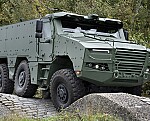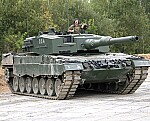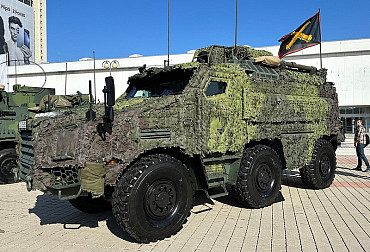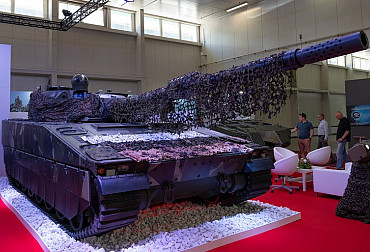Mass desertions and mismanagement: The troubled story of Ukraine’s elite brigade
Ukraine has launched an investigation into reported cases of desertion and abuse of authority linked to the 155th Mechanized Brigade, named after Anna of Kyiv. According to Ukrainian and international media, including AFP and Interfax-Ukraine, this elite brigade was partially trained and equipped by France. Tatiana Sapian, a spokesperson for Ukraine’s State Bureau of Investigation (SBI), confirmed the probe but emphasized that it is too early to discuss preliminary results.
The Ukrainian news portal Censor.net attributes the brigade’s challenges to incompetent leadership at the highest levels, citing severe setbacks that have brought international scrutiny to the unit.
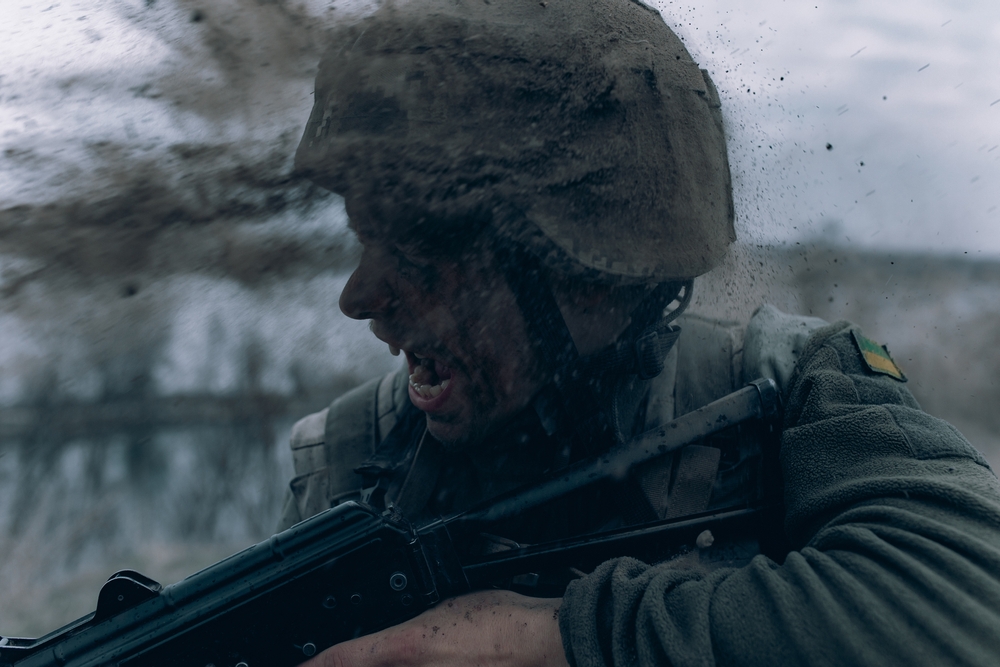
The Formation of the 155th Mechanized Brigade
The 155th Mechanized Brigade was one of several units created last year as part of Kyiv’s efforts to strengthen its defenses against the numerically superior Russian invasion forces. Initially comprising up to 4,500 soldiers, the brigade benefited from extensive French support, including the training of approximately half its personnel and the provision of military equipment.
Despite these advantages, journalist Yuriy Butusov, editor-in-chief of Censor.net, revealed that around 1,700 soldiers deserted before engaging in combat. Alarmingly, 50 recruits reportedly fled during their training in France. This mass exodus underlines the severe organizational and morale issues within the unit.
Among its arsenal, the 155th Brigade boasts advanced German-made Leopard 2 tanks and French Caesar howitzers. However, even these assets could not prevent the brigade’s disintegration, which reportedly began before its arrival at the embattled city of Pokrovsk last week. The international media outlet Forbes described the unit’s failure as a significant setback for Ukraine’s military strategy.
Political and Military Failures
The 155th Brigade had been a subject of international attention, with its soldiers meeting French President Emmanuel Macron in October 2023. However, its deployment exposed systemic flaws in Ukraine’s military planning. Estimates from the Ukrainian Ministry of Defense suggest the brigade’s formation cost approximately €900 million, 80% of which went toward procuring heavy equipment such as tanks and artillery. Much of this equipment was sourced from allied nations’ reserves or newly manufactured.
Tragedy struck during the brigade’s early days on the battlefield, with one of its key architects reportedly dying of a heart attack and its commander dismissed shortly thereafter. Fighting near Pokrovsk inflicted significant losses, further eroding the unit’s combat effectiveness.
Butusov criticized the chaotic formation of the brigade, citing inadequate training and insufficient equipment. He claimed that soldiers lacked critical assets like drones and electronic warfare systems, essential in modern conflicts. Furthermore, many well-trained personnel were reassigned to other units, leaving the 155th Brigade undermanned and underprepared.
A PR Project Gone Wrong
According to Butusov, the brigade’s creation was more about political posturing than military necessity. He labeled it a "PR project" of President Volodymyr Zelenskyy, marked by irresponsible and incompetent decision-making. Critics, including Bohdan Krotevych, commander of the Azov Brigade, have questioned the logic of forming new units while existing ones remain under-equipped. Following the 155th Brigade’s disastrous performance, some of its advanced equipment was reassigned to more established units.
Despite these setbacks, many soldiers within the brigade continue to demonstrate remarkable bravery. According to Censor.net, some have fought valiantly to hold positions under dire circumstances, learning the realities of warfare through personal sacrifice. Yet, the lack of cohesion has led to further desertions, exacerbating the unit’s struggles.
Broader Implications for Ukraine’s Military
The challenges faced by the 155th Brigade are emblematic of broader issues within Ukraine’s armed forces. Following Russia’s full-scale invasion in February 2022, Ukraine initially saw a wave of voluntary enlistments. However, as the war dragged on, the country began experiencing manpower shortages. High casualty rates on both sides have further strained Ukraine’s capacity to field effective fighting forces.
To address these challenges, President Zelenskyy enacted laws lowering the draft age from 27 to 25 and easing mobilization rules. Nevertheless, these measures have not fully compensated for the disparity between Ukrainian and Russian forces.
International and Domestic Ramifications
The investigation into the 155th Brigade’s failures is ongoing, with the SBI examining allegations of abuse of power and desertion. While concrete findings have yet to emerge, the case highlights the complexities of sustaining morale and cohesion in a protracted conflict.
Ukraine’s struggle to repel Russia’s advances underscores the importance of effective military planning and international support. However, the political and operational missteps revealed by the 155th Brigade’s experience serve as a cautionary tale for Kyiv and its allies.
As the war continues, Ukraine faces the dual challenge of maintaining battlefield momentum while addressing internal vulnerabilities. The fate of the 155th Mechanized Brigade may hold critical lessons for the country’s broader war effort and its quest for lasting security.




